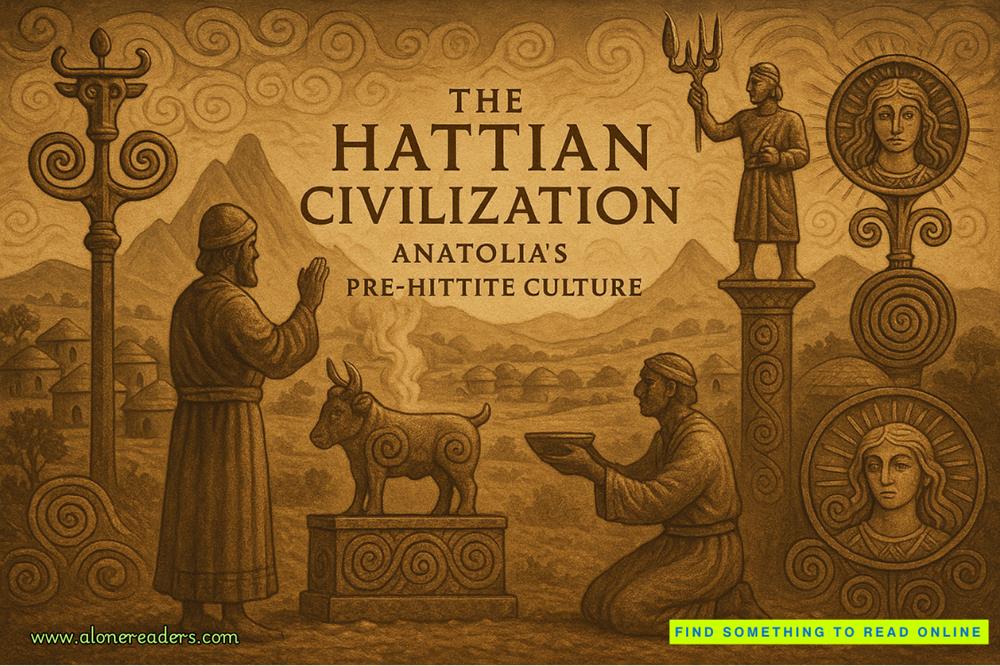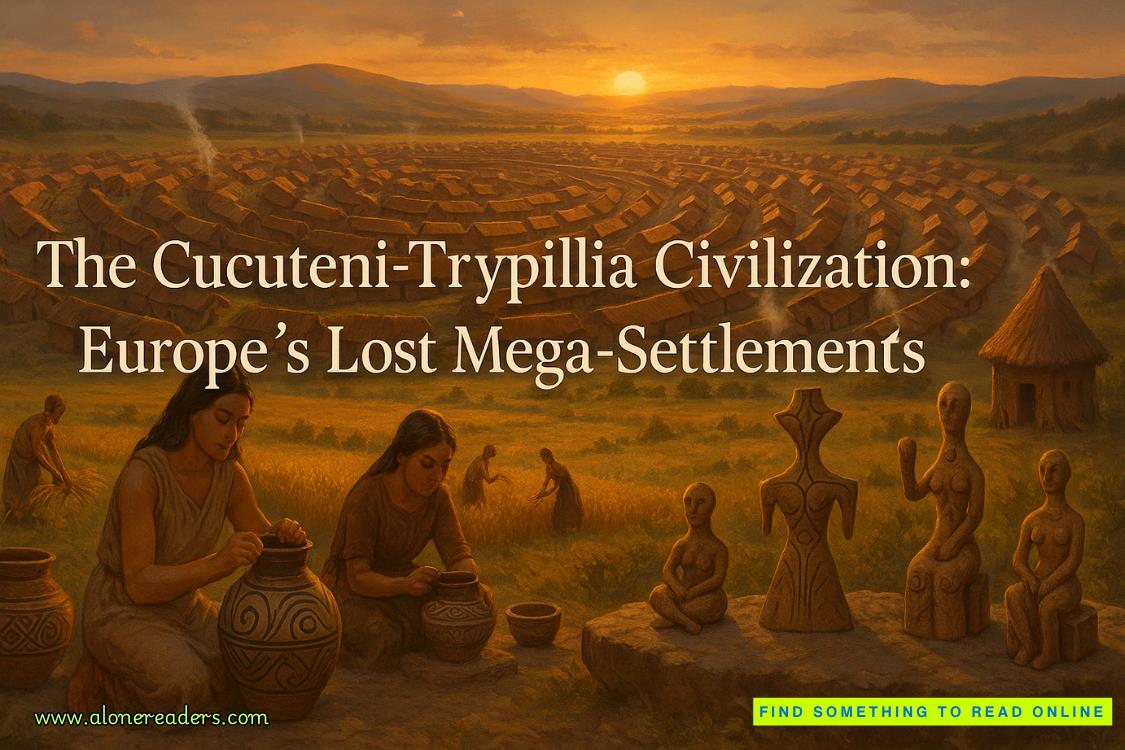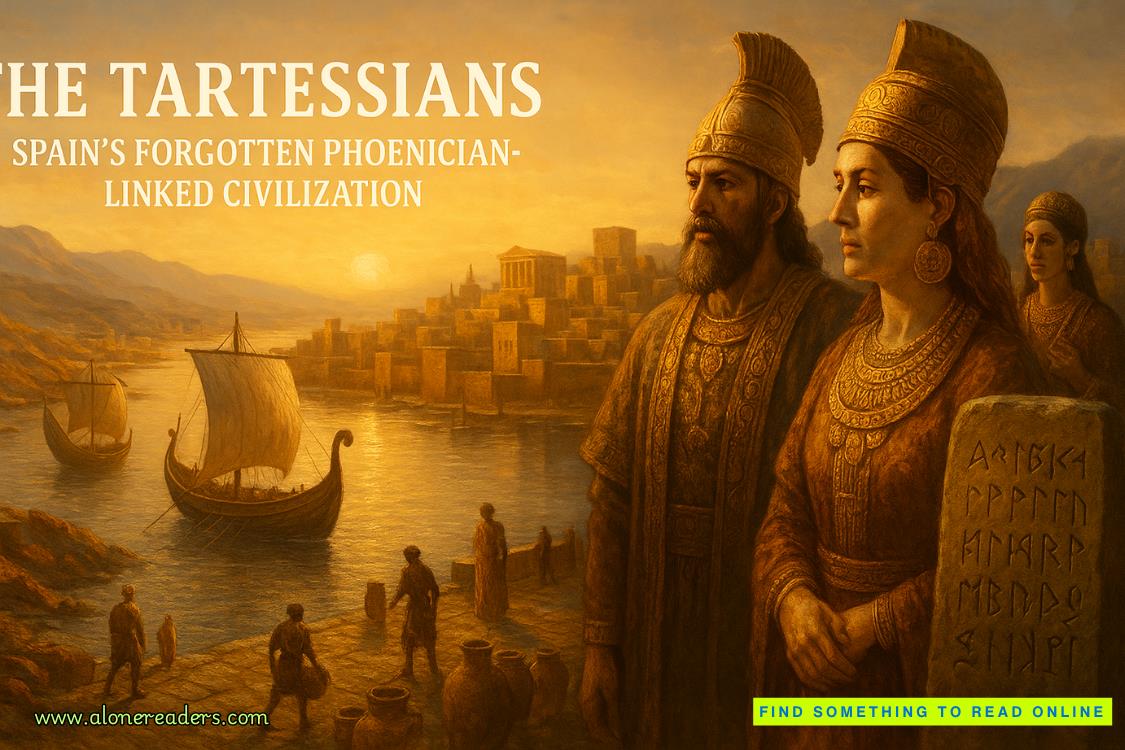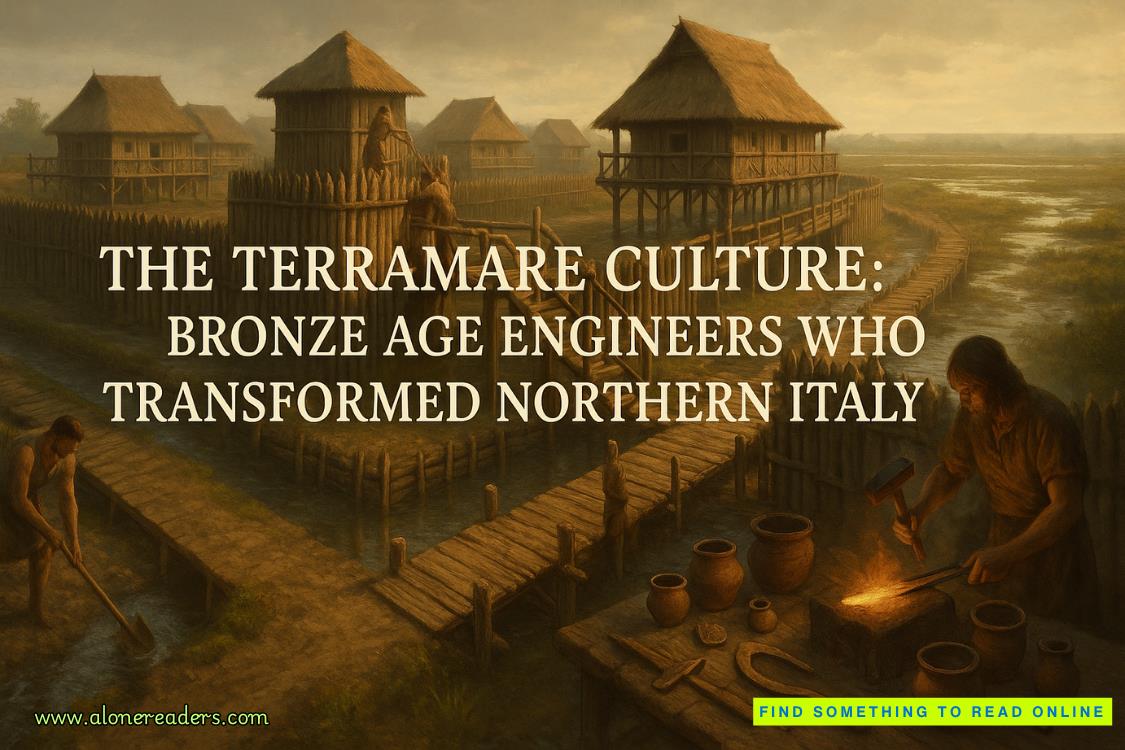“Luckily the snakes are hibernating in winter,” I said.
“Great,” Kimbrough said.
“’Course it’s been a warm winter, Dave,” Lindsey said.
As we neared the summit and left the trail, the ugliness of the day became evident. A weather inversion had clamped the smog down hard on the city, just like the lid on a bowl. Only Phoenix’s bowl was the purple and brown necklace of mountains that surrounded it. From where we stood, we should have been able to see the soaring blue towers of the Sierra Estrella to the south and the sheer expanse of the White Tanks to the west. Both were gone, replaced by a yellow-brown haze that spread out across the desert floor. Even Squaw Peak and Camelback, much closer, were barely visible. To the south, the Sunnyslope section of the city fell away in a series of rooftops, palm trees, and billboards until it, too, disappeared in the muck. The line of skyscrapers on the Central Corridor shimmered and faded. To the north, Moon Valley and Deer Valley, newer parts of Phoenix, sprawled around Lookout Mountain, itself cloaked in brown air.
“Yuck,” Lindsey said. We were all winded from the climb, and the sight of the air didn’t make breathing easier.
“I remember when the sky here was the bluest blue in the world,” I said, working my way up a slick boulder. “But I’m sounding like an old fogey.”
Lindsey grabbed my hand and pulled herself up on the next level of rock. “You’re a young fogey,” she said, “like me.”
We paused and studied the map. Sure enough, a slab of concrete was set into a cluster of boulders, marked off by signs that warned “Danger. Abandoned Mine.”
“I didn’t realize there was mining in the Valley,” Lindsey said, kindly teasing my eternal pedagogic sensibility.
“Yeah, my wife thinks these mountains just look like giant slag heaps,” Kimbrough said. “But she’s from Pennsylvania.”
“Well, these mountains were really not much. The mining districts east of here, around Globe, or north in the Bradshaw Mountains actually had some gold and silver.” I restrained myself. “Anyway, there were a few mines around Phoenix. Squaw Peak had some quicksilver mines. A German POW hid in one for awhile when he escaped, back in World War II.”
I could go on all day, and Lindsey said my history talks were wildly romantic. But we fell silent as we studied Nixon’s instructions. Northeast corner of the concrete slab, right by the fence pole. I stuck the shovel in the hard, dry dirt and started digging.
After several cuts at the ground, I was about to let Kimbrough take his turn digging. Then the blade of the shovel struck metal.
“That’s it,” I said. I changed the angle of the shovel and soon outlined what looked like an old metal ammunition box, just the size of a bread box, its olive green paint suddenly peeking out of the blond and gray desert soil.
“Whatever it was,” Lindsey said, “Nixon didn’t want it at his trailer. But he didn’t want it that far away, either.”
I grasped the handle of the box and pulled it out of the ground. “Well, we’re about to find out.”
I put latex gloves back on and released the metal catch on the ammo box. The top swung open, releasing sand and rocks. Inside it was empty.
“I don’t believe it,” Kimbrough said. “This is like when Geraldo opened Al Capone’s vault.”
“Wait a minute.” I put my hand on the bottom and it gave way. A piece of dark metal, cut to create a false bottom. I pulled out the metal plate and beneath it was some kind of book, wrapped in plastic. I pulled it out and shook it off, being paranoid about scorpions and other desert creepy-crawlies. But inside it was clean and dry, a red, hardcover journal. It was the kind of logbook you might have seen in any small business a generation ago.
“Hmmmm,” Kimbrough said, reacting to the cover. It was a vivid cartoon of two pigs in police uniforms, having sex while riding a Harley. Beneath it was inscribed, “MCSD RIVER HOGS.”
“That dates it,” I said. “Back in the seventies, it was the Maricopa County Sheriff’s Department, MCSD, when we were trying to prove how big-city we were.”
“What were the River Hogs?” Lindsey asked.
I shook my head, looking over at Kimbrough.
“Before my time,” he said. “But I never heard the phrase before.”
“When did Nixon’s ex get that envelope?” I asked.
“She didn’t recall exactly,” he said. “They divorced in 1991, and she moved to Tempe. She knows Nixon gave her the envelope to hang onto after they divorced. She said she hadn’t even seen Nixon since 1995.”
“Dave’s ex gave him a BMW,” Lindsey said, poking my ribs.
“So he was anticipating somebody killing him for at least five years, maybe longer?” I said.
“Maybe,” Kimbrough said. “But he was a drunk and a washout as a law enforcement officer. Maybe he was just paranoid.” I held out the book again and opened the cover. Beyond some blank initial sheets, the pages turned dense with columns. Pages and pages of numbers and columns. I flipped through. Nothing but numbers and columns. One column appeared to be dates, starting in 1977. On the last page, the date was 12/31/80. Another column was clearly about money: Each page saw that column set off with a precisely-drawn dollar sign-and the same person appeared to have written all the entries. The sums weren’t small, $1,000 being a common amount, and some lines showing as high as $15,000.
“What’s that?” Kimbrough indicated another column, with four-digit numbers.















